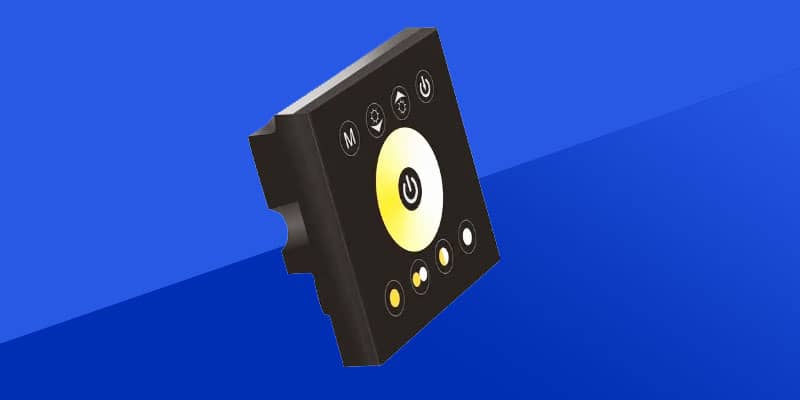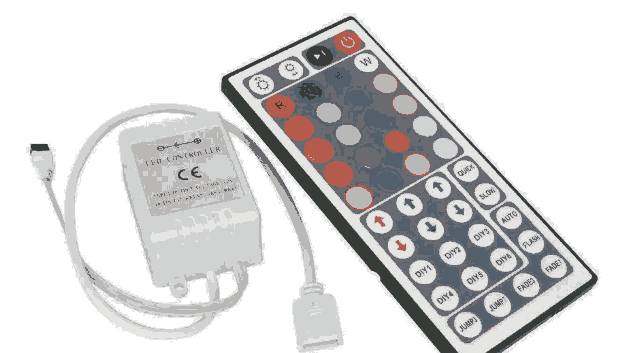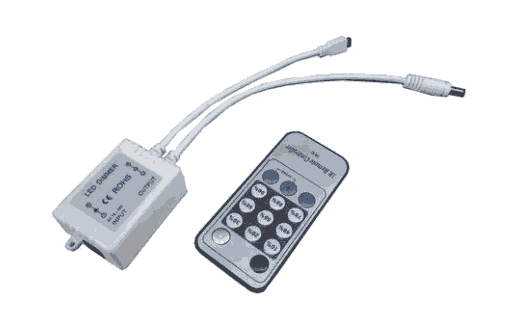JOIN US FOR THE NEWEST LED LIGHTS IN MARKET
Enter your email below to get 10% off your first order

Currently commonly used LED dimming drivers are: LED thyristor dimming driver, LED 0/1-10V dimming power driver, PWM dimming driver. Other dimming works by controlling the current and voltage, frequency size of the output to achieve the LED dimming function, now OPPNO Lighting with you to discuss the detailed principles of various dimming methods.
Thyristor dimming earlier applied to incandescent lamps and energy-saving lamps dimming method, is also currently applied to the LED dimming more widely used dimming method. It works by cutting the waveform of the input voltage through the conduction angle to produce a tangential output voltage waveform. By applying the tangential principle, the RMS value of the output voltage can be reduced to reduce the power of the common load (resistive load). The advantage of silicon controlled dimming is the high efficiency and stable performance.

Power supply design with a control chip, connected to the 0-10V dimmer, through the 0-10V voltage change, change the power supply output current, lowering the light. For example: when the 0-10V dimmer modulation to 0V, the current down to 0, the brightness of its lights is also off state (there is a switch role), when the 0-10V dimmer up to 10V, the output current will also reach 100% of the power supply output, the brightness will also be 100%. (The output voltage is unchanged).
1-10V dimming principle: as explained above, only the dimmer is 1-10V: when the resistance dimmer tuned to a small 1V, change the output current is also 10%, such as to 10V, the output current will also reach 100% of the power output, the brightness will also be 100%. (The output voltage is unchanged). Note: 1-10V is no switching function, can not be adjusted to Z low lamps off role!

Digital dimming, also known as PWM dimming, through PWM waves to turn on and off the LED to change the on-time of the forward current to achieve the effect of brightness adjustment. The method is based on the human eye is not sensitive enough to the characteristics of the brightness flicker, so that the load LED when bright and dark. If the frequency of light and dark is more than 100Hz, the human eye sees the average brightness, rather than LED in the flashing.
PWM adjusts the brightness by adjusting the ratio of light and dark time to achieve the adjustment of brightness, in a PWM cycle, because the human eye to greater than 100Hz light flicker, the perceived brightness is a cumulative process, that is, the greater the proportion of light time in the whole cycle, the human eye feel brighter. But for some high-frequency sampling devices, such as high-frequency sampling camera, sampling may happen to pick up the image of the LED when dark.
In short, the current led dimming driver is the above 3 dimming methods, want to know about more the specific knowledge of led dimming driver, please consult us.
$99.00 Original price was: $99.00.$79.00Current price is: $79.00.
$199.00 Original price was: $199.00.$99.00Current price is: $99.00.
$1,299.00 Original price was: $1,299.00.$1,189.00Current price is: $1,189.00.
$299.00 Original price was: $299.00.$279.00Current price is: $279.00.
$299.00 Original price was: $299.00.$279.00Current price is: $279.00.
$299.00 Original price was: $299.00.$259.00Current price is: $259.00.
$499.00 Original price was: $499.00.$399.00Current price is: $399.00.
$299.00 Original price was: $299.00.$189.00Current price is: $189.00.
$299.00 Original price was: $299.00.$259.00Current price is: $259.00.
$199.00 Original price was: $199.00.$119.00Current price is: $119.00.
$699.00 Original price was: $699.00.$239.00Current price is: $239.00.
$699.00 Original price was: $699.00.$389.00Current price is: $389.00.